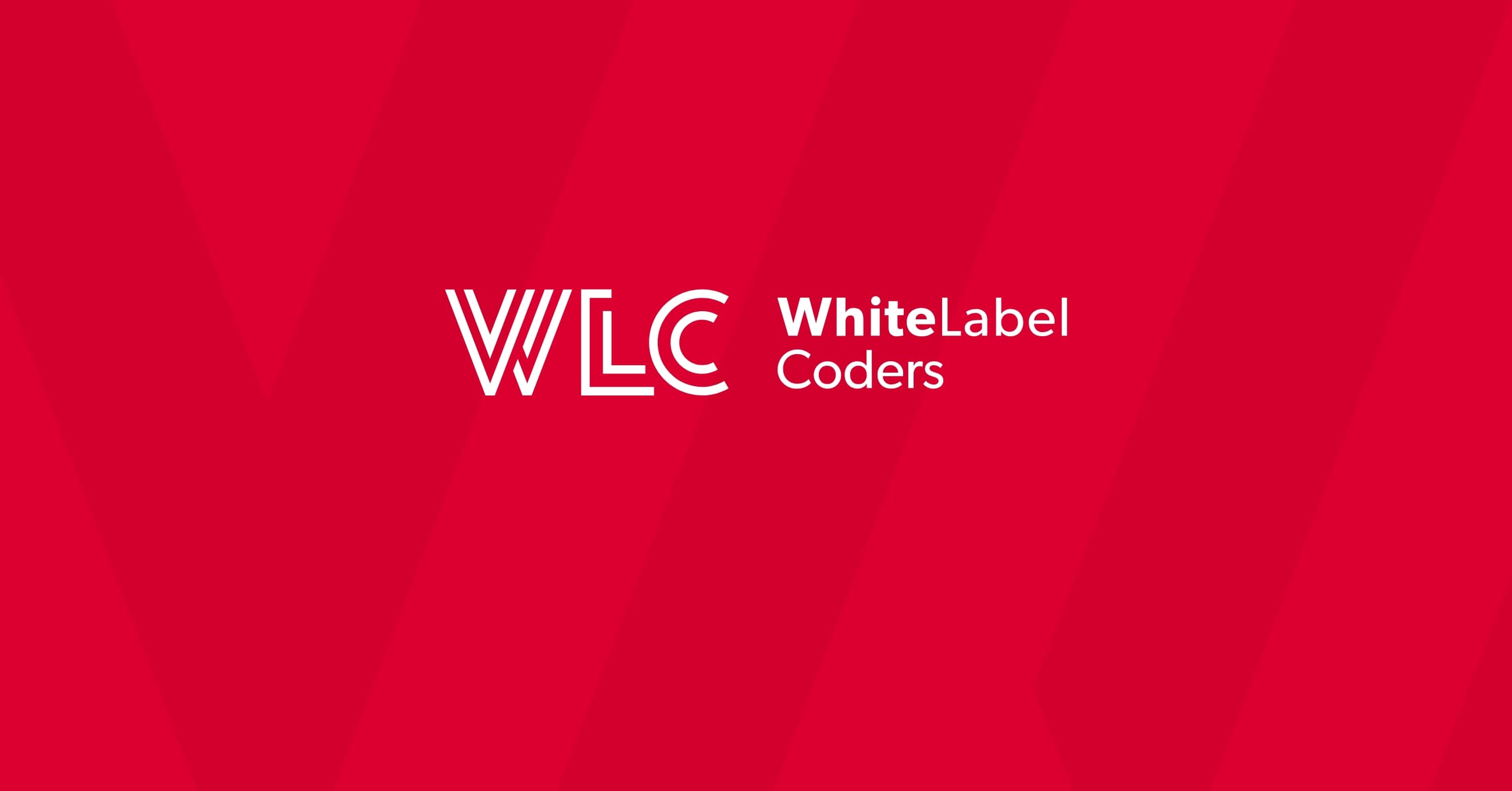Category: SEO AI
What is the fastest way to duplicate comparison pages?

The fastest way to duplicate comparison pages in WordPress is using dedicated page duplication plugins like Yoast Duplicate Post or WP Content Copy, which clone entire pages in seconds with a single click. For trading affiliates managing dozens of broker comparison pages, custom Gutenberg block templates offer even faster deployment, allowing you to create reusable patterns that replicate complex layouts, data tables, and tracking elements instantly. The right approach depends on your scale and technical setup, but modern solutions can reduce page creation time from hours to minutes.
What is the fastest way to duplicate comparison pages in WordPress?
The absolute fastest method is using a WordPress page duplication plugin combined with custom block templates. Plugins like Yoast Duplicate Post let you clone any page in under 10 seconds, whilst Gutenberg block patterns enable you to deploy pre-built comparison layouts across unlimited pages without touching code. For trading affiliates who need to launch multiple broker comparison pages quickly, this combination cuts production time from several hours per page down to just a few minutes.
Native WordPress doesn’t include built-in page duplication, which is why most professionals rely on plugins. These tools copy everything from your original page including content, metadata, featured images, and custom fields. You simply hover over any page in your dashboard, click “Clone” or “Duplicate,” and WordPress creates an identical copy ready for customization.
The real efficiency comes when you pair duplication plugins with reusable Gutenberg block patterns. Instead of duplicating existing pages and manually updating every element, you can create master templates containing your standard comparison table structure, broker data fields, regulatory disclaimers, and tracking codes. When you need a new comparison page, you insert the pattern and only update the specific broker details that differ.
For affiliates managing 50+ comparison pages, this workflow is transformative. You’re not copying and pasting content manually or rebuilding tables from scratch. You’re deploying proven layouts that maintain consistency whilst allowing rapid customization for different brokers, markets, or promotional campaigns.
Why do trading affiliates need to duplicate comparison pages frequently?
Trading affiliates operate in one of the fastest-moving digital markets where broker promotions change weekly, new platforms launch monthly, and regulatory requirements shift constantly. Creating comparison pages quickly isn’t just convenient, it’s essential for capturing commission opportunities before competitors do. Every day without a relevant comparison page means lost traffic and missed revenue.
The business model depends on having comprehensive coverage of brokers and trading platforms. When a broker launches an attractive welcome bonus or reduces spreads, affiliates need landing pages live within hours to rank for related searches and capture interested traders. Manual page creation simply can’t keep pace with market dynamics.
Multi-market expansion creates another duplication need. A successful comparison page for UK traders needs versions for German, Spanish, and Australian markets, each with region-specific brokers, regulatory information, and localized content. Rather than building each market page from scratch, duplicating and adapting existing high-performers makes expansion viable.
Seasonal campaigns and promotional periods drive massive duplication requirements. During major trading events or market volatility, affiliates need multiple landing pages targeting different search intents, trader experience levels, and product types. The ability to duplicate landing pages rapidly means you can test multiple approaches and scale what works without bottlenecking on development resources.
There’s also the competitive reality that your rivals are doing the same thing. When everyone’s racing to rank for “best forex broker 2024” or “lowest spread CFD platform,” the affiliate who publishes comprehensive, well-optimized comparison pages first gains a significant advantage. Speed to market directly impacts commission earnings.
What’s the difference between duplicating pages manually versus using automation?
Manual duplication involves opening your existing page, copying all content, creating a new page, pasting everything, then updating URLs, titles, meta descriptions, and internal links by hand. This process takes 30-60 minutes per page and introduces frequent errors like forgotten meta tags, broken internal links, or outdated broker data. It’s viable for one or two pages but becomes unsustainable at scale.
Automated duplication through plugins or custom systems copies everything in seconds with perfect accuracy. The plugin handles all technical elements including custom fields, featured images, SEO metadata, and page settings. You immediately get an identical page ready for content updates, reducing the process to 5-10 minutes including customization.
The error rate difference is substantial. Manual copying means you might forget to update canonical tags, leave old broker names in meta descriptions, or miss tracking parameters in affiliate links. These mistakes hurt SEO performance and can cost you commissions. Automation eliminates these risks by systematically copying every element.
Scalability is where automation truly shines. If you need to create 20 comparison pages for a new market launch, manual duplication requires 10-20 hours of tedious work. Automated WordPress page duplication handles the same task in under an hour, freeing your team to focus on content quality and SEO optimization rather than repetitive copying.
However, manual duplication makes sense in specific scenarios. When you’re creating a fundamentally different page structure or testing a completely new comparison format, starting fresh gives you more creative freedom. For one-off pages or experimental layouts, the flexibility of manual creation outweighs automation benefits.
The best approach for most trading affiliates is hybrid: use automated duplication for standard comparison pages within your established formats, but build manually when you’re innovating new page types or testing different content structures.
How do you duplicate comparison pages without losing SEO value?
The biggest SEO risk when duplicating comparison pages is creating duplicate content that Google penalizes. To avoid this, you must customize key elements on every duplicated page including the title tag, meta description, H1 heading, URL slug, and at least 30-40% of the body content. Simply cloning pages without these changes signals to search engines that you’re publishing thin, repetitive content.
Start with unique URLs that reflect each page’s specific focus. If you’re duplicating a forex broker comparison for different regions, use URLs like “/best-forex-brokers-uk/” and “/best-forex-brokers-germany/” rather than generic numbered versions. Search engines use URLs as relevance signals, so descriptive slugs improve rankings whilst avoiding duplication issues.
Meta descriptions need complete rewrites for each duplicated page. These don’t directly impact rankings but influence click-through rates from search results. A duplicated page targeting German traders needs a meta description mentioning German regulations and local broker options, not a copy-pasted UK version.
Canonical tags deserve special attention. When you duplicate pages, ensure each version has a self-referencing canonical tag pointing to its own URL, not back to the original page. Incorrect canonicals tell Google to ignore your new pages entirely, wasting all your duplication efforts.
Internal linking structure must be updated after duplication. Your new comparison page should link to relevant related content and receive links from appropriate existing pages. Duplicated pages that sit in isolation without proper internal linking struggle to rank regardless of content quality.
Core Web Vitals performance can suffer if duplication creates bloated pages with unnecessary elements. When you clone a page, review what’s actually needed. Remove unused blocks, optimize images, and ensure the duplicated page maintains fast loading speeds. A perfectly duplicated page that loads slowly will underperform in search results.
Schema markup requires updates to reflect the specific brokers and data on each duplicated page. If your original page includes structured data for broker reviews, the duplicated version needs updated schema with different broker names, ratings, and details. Generic or mismatched schema confuses search engines and reduces rich snippet eligibility.
What are the essential components that should transfer when duplicating broker comparison pages?
Fee comparison tables are the cornerstone element that must transfer perfectly. These tables contain spreads, commission structures, minimum deposits, and withdrawal fees that traders actively compare. The table structure, styling, and functionality should duplicate exactly, with only the specific broker data requiring updates. Rebuilding these tables manually for each page wastes hours and introduces formatting inconsistencies.
Broker data fields including regulation information, available trading platforms, supported payment methods, and customer service details need systematic transfer. These structured data points often populate from custom fields or advanced custom fields (ACF), so your duplication method must preserve all custom field values even if you’ll update them later.
Review schemas and star ratings should transfer with their structure intact. Your comparison pages likely include aggregate review scores, individual user ratings, or editorial assessments. The schema markup and display format must duplicate so you maintain consistent presentation and search engine understanding across all comparison pages.
API integrations for live pricing, spread data, or real-time broker information need careful handling during duplication. The connection parameters, API keys, and data refresh logic should transfer, though you’ll often need to update which specific broker feeds each page pulls from. Breaking these integrations during duplication means manual rebuilding later.
Dynamic pricing widgets that display current spreads or live market conditions are valuable conversion elements. These widgets should duplicate with their functionality preserved, requiring only updates to which instruments or brokers they track. The underlying code and refresh mechanisms transfer automatically with proper duplication methods.
Regulatory disclaimers and compliance notices must transfer exactly as they appear. Trading affiliates operate under strict advertising regulations, and your disclaimer text, risk warnings, and legal notices need consistent presentation. Duplication ensures you don’t accidentally omit required compliance language that could create legal exposure.
Tracking parameters and affiliate links require special attention. Your comparison pages likely include UTM parameters, affiliate tracking codes, and conversion pixels. These should transfer with the page structure, though you’ll update the specific broker affiliate IDs and campaign parameters for each duplicated version.
Page templates and layout structures including sidebars, call-to-action placements, and conversion optimization elements should duplicate completely. These design decisions impact user experience and conversion rates, so maintaining consistency across duplicated pages ensures reliable performance whilst reducing design decision fatigue.
How can Gutenberg block templates accelerate comparison page duplication?
Gutenberg block templates transform WordPress comparison page duplication from copying existing pages to deploying pre-built patterns. Instead of duplicating a specific broker comparison and updating everything, you create reusable block patterns containing your standard layout, table structures, and content placeholders. When you need a new page, you insert the pattern and fill in broker-specific details, reducing creation time from 30 minutes to under 5 minutes.
The WordPress block pattern directory lets you save any combination of blocks as a reusable template. For trading affiliates, this means creating patterns for common page types like “Forex Broker Comparison,” “CFD Platform Review,” or “Crypto Exchange Comparison.” Each pattern includes your proven layout, comparison tables, pros/cons sections, and call-to-action placements ready for immediate deployment.
Custom block libraries take this further by creating purpose-built blocks for trading affiliate needs. Imagine a “Broker Comparison Table” block where you simply input broker names and the block automatically generates a formatted comparison with your standard fee categories, rating displays, and affiliate link buttons. These custom blocks eliminate repetitive formatting work whilst ensuring consistency.
Template parts in Full Site Editing allow you to manage recurring elements separately from page content. Your broker comparison pages likely share common elements like regulatory disclaimers, risk warnings, or “How We Review Brokers” sections. By converting these to template parts, you update them once and changes propagate across all pages using that template part.
The real power emerges when you combine block patterns with dynamic data sources. Instead of manually entering broker fees and spreads in each duplicated page, your custom blocks can pull this information from a centralized database. You update broker data once, and it refreshes automatically across every comparison page using that block.
For affiliates managing hundreds of WordPress comparison pages, this architecture means you’re not really duplicating pages anymore. You’re deploying standardized templates that pull current data dynamically. When a broker changes their spreads or launches a promotion, you update your central data source and every relevant comparison page reflects the change instantly.
Block templates also solve the developer dependency problem. Your content and marketing teams can create new comparison pages using approved patterns without technical knowledge. They’re working within guardrails that ensure brand consistency, compliance requirements, and conversion optimization whilst maintaining creative flexibility for content.
What happens if your comparison page data becomes outdated after duplication?
Outdated broker data on comparison pages destroys credibility and costs conversions. When a trader sees spreads or fees that don’t match what the broker actually offers, they lose trust in your recommendations and abandon the conversion path. For trading affiliates, maintaining data accuracy across dozens or hundreds of duplicated pages becomes a critical operational challenge.
The traditional approach of manually updating each duplicated page is unsustainable. If you’ve duplicated a forex broker comparison across 20 country-specific versions and that broker changes their welcome bonus, you face manually editing 20 separate pages. This creates inevitable delays where some pages show current information whilst others display outdated promotions, creating inconsistent user experiences.
A centralized data management system solves this by storing broker information in a single database that feeds all your comparison pages. When you duplicate pages, they’re not copying static broker data but rather pulling information dynamically from your central source. Update the database once, and every comparison page using that data refreshes automatically.
This Trading Data Center approach treats broker information as structured data separate from page content. Your comparison pages contain the layout, editorial commentary, and SEO-optimized content, whilst broker specs like spreads, fees, regulation details, and current promotions pull from the centralized system. Duplication becomes faster because you’re only copying page structure, not repetitive data.
Automated data propagation systems can monitor broker APIs and update your database automatically. When a broker adjusts their spreads or launches a new promotion, API integration detects the change and updates your central data store. Your duplicated comparison pages reflect current information without manual intervention, maintaining accuracy at scale.
Version control and audit trails become important when managing data across duplicated pages. You need visibility into when broker data changed, which pages display which versions, and whether updates propagated successfully. Proper data management systems include logging and validation to catch discrepancies before they reach live pages.
The maintenance workflow shifts from “update every duplicated page” to “maintain the central data source.” Your team focuses on verifying broker information accuracy in one place rather than hunting through dozens of duplicated pages. This dramatically reduces the time investment required to keep comparison pages current and trustworthy.
How do you scale comparison page duplication across multiple markets and languages?
Multi-market scaling requires more than simple translation. Each market needs comparison pages featuring locally available brokers, region-specific regulations, appropriate payment methods, and culturally relevant content. Duplicating your UK forex comparison for the German market means updating broker availability, regulatory references, and compliance language whilst maintaining your proven page structure and conversion optimization.
Hreflang implementation is essential when duplicating comparison pages across languages and regions. Each duplicated page needs proper hreflang tags telling search engines which version serves which market. Without correct hreflang, you risk duplicate content issues or showing German traders your English pages, both of which hurt search performance and user experience.
Translation workflows should integrate with your duplication process. Rather than duplicating pages then sending them individually for translation, establish a system where duplicated pages enter a translation queue automatically. Professional trading content translation requires financial terminology expertise, so maintaining translator relationships and workflow efficiency becomes crucial at scale.
Regional broker variations complicate duplication significantly. A broker prominent in your UK comparisons might not operate in Australia, whilst Australian traders need local brokers absent from European markets. Your duplication system needs flexibility to swap broker data based on target market rather than blindly copying all content.
Compliance requirements per jurisdiction demand careful attention during duplication. German financial advertising regulations differ from UK rules, and Australian disclosure requirements differ from both. Your duplicated pages must include market-appropriate regulatory disclaimers, risk warnings, and compliance language. Template systems that automatically insert jurisdiction-specific compliance content reduce legal risk whilst scaling efficiently.
URL structure for multi-market sites requires planning before duplication begins. Will you use subdirectories (/uk/, /de/), subdomains (uk.domain.com), or separate domains? This decision impacts how you organize duplicated pages and implement hreflang. Subdirectory structures are often easiest for managing duplicated comparison pages across markets whilst maintaining domain authority.
Currency and measurement localization must happen during duplication. Minimum deposits need converting to local currencies, spreads should display in relevant pip formats, and any numerical comparisons require regional adaptation. Automating these conversions through your duplication workflow prevents errors and maintains consistency.
The architectural approach that enables efficient multi-market duplication separates content layers from data layers. Your page templates and block patterns remain language-agnostic, pulling broker data from market-specific databases. Duplicating for a new market means deploying your proven templates with connections to that region’s broker data source, dramatically faster than rebuilding everything from scratch. Working with an experienced outsourcing partner can help implement these systems efficiently, especially when establishing workflows that scale across multiple markets and languages.

